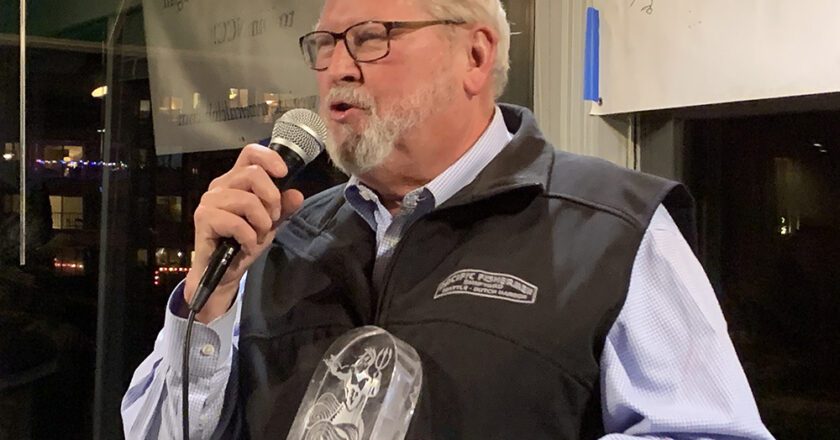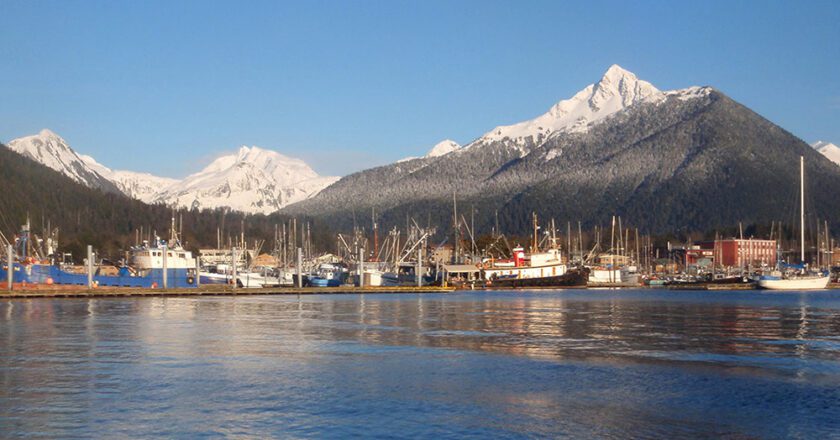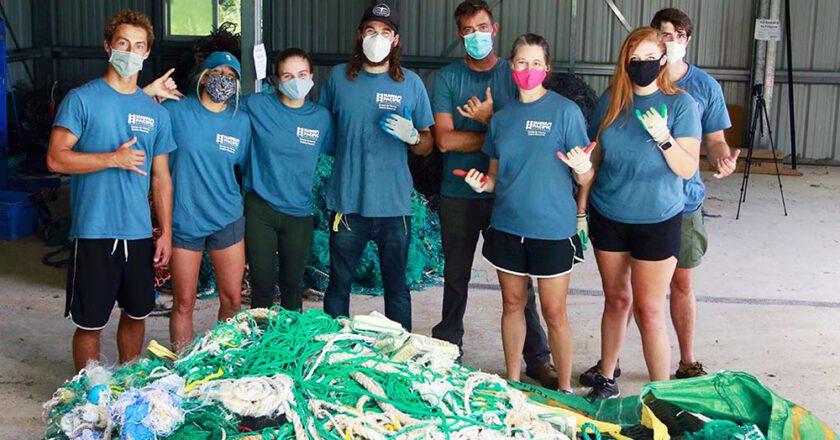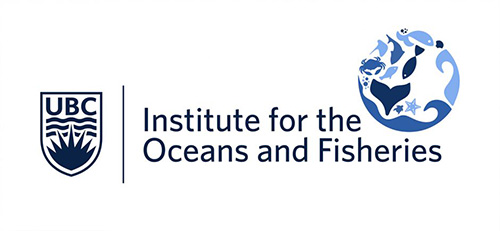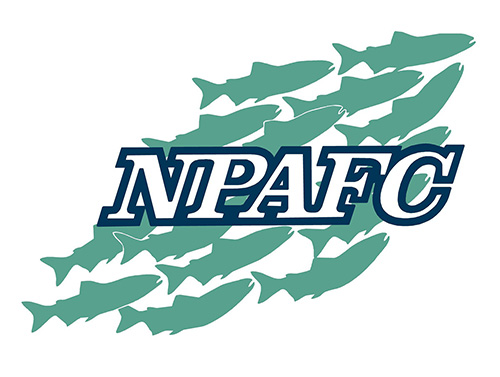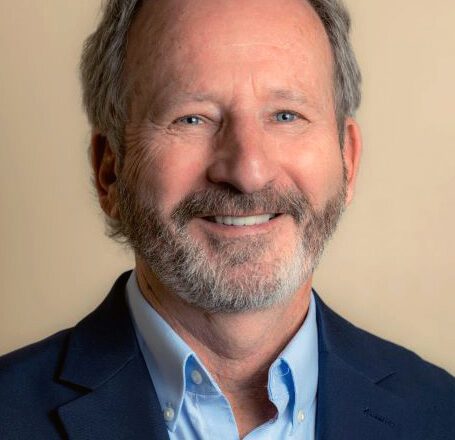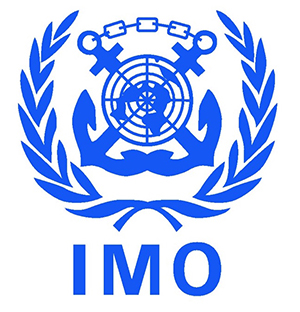Pacific Fishermen Shipyard’s Dixon Honored for Support of North Pacific Fishing Industry
John Douglas “Doug” Dixon, the general manager of Pacific Fishermen Shipyard in Seattle, has been honored by the Norwegian Commercial Club for his life-long contributions to the North Pacific fishing industry with the King Neptune award.
The King Neptune Award honors individuals and organizations whose long-term and breakthrough contributions have furthered the economic growth, well-being and recognition of the North Pacific fishing industry.
The latest presentation came during the Seattle-based club’s 70th annual Fishermen’s Night in December.
Dixon now joins the ranks of industry leaders who have received the honor, including Trident Seafoods’ Chuck Bundrant, Kaare Ness and Bart Eaton, MARCO’s Peter Schmidt, Sam LeClercq, Wally Pereyra, and U.S. senators Ted Stevens, Patty Murray an...

